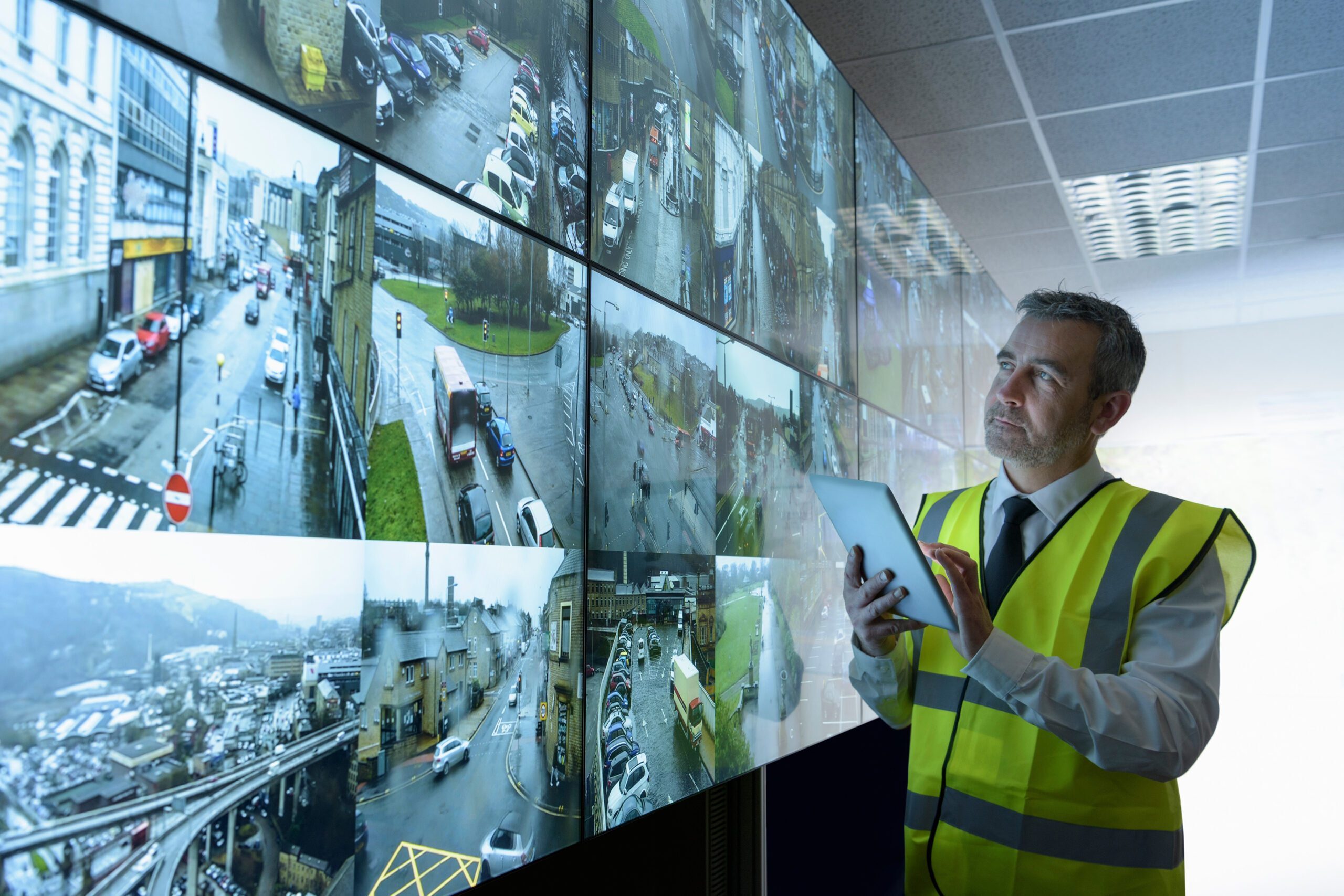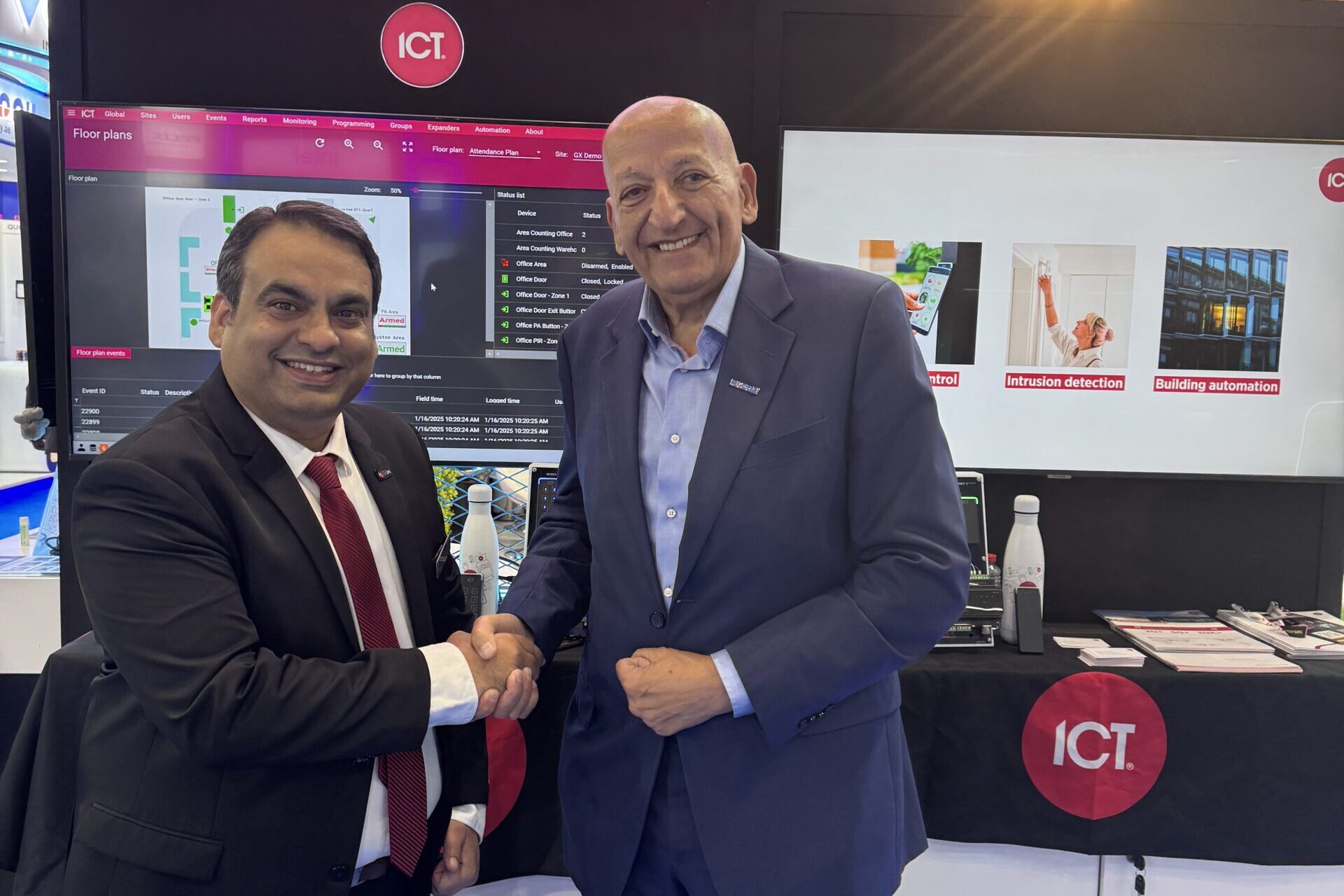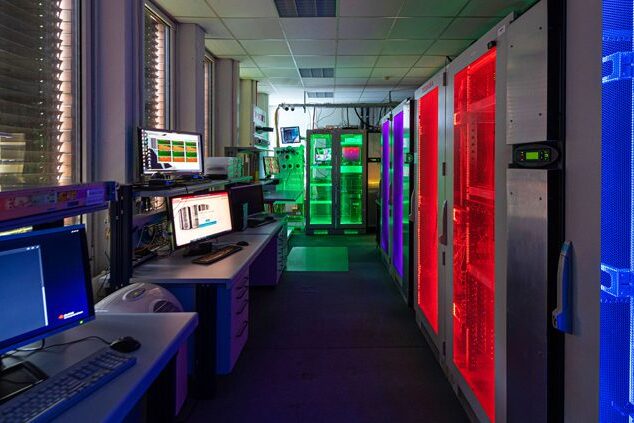 CCTV surveillance in global cities will benefit from cost savings and technological advancements using 4G Long Term Evolution (LTE) networks.
CCTV surveillance in global cities will benefit from cost savings and technological advancements using 4G Long Term Evolution (LTE) networks.
The recent 2012 Global Safe Cities Market Assessment from Frost & Sullivan identified LTE wireless technology as one of three areas, along with biometrics and cyber security, predicted to enhance safety in global cities.
LTE, the global standard for 4G wireless broadband, has been trialled in Sao Paulo, Brazil, to transfer data from wireless CCTV cameras to headquarters. The information from that trial showed a decreased cost of camera installation – data showed LTE allowed for deployment of five times as many cameras for the same cost, with increased reliability.
Krzysztof Rutkowski, Frost & Sullivan Aerospace & Defence Research Analyst, told SecurityNewsDesk the reduced costs were “one of the largest benefits” shown from the Brazil trial.
In addition, the fact LTE’s capability also allows the opportunity for cameras to be placed in areas previously deemed difficult to put fixed wire devices is seen as “another positive aspect” to the technology.
LTE can allow the integration of mobile cameras in police patrol cars or cameras carried by individual officers, which allows for real time surveillance feeds relayed back to control centres.
The wireless technology opens up opportunities for integration with smart phones or tablets, allowing commercial businesses, police officers or fire-fighters to access live feeds. Integration of such technology allows for a complete picture of security breaches, accidents or troubles.
The cost benefits incurred from the decreased installation costs of wireless cameras can assist a city’s budget, and Rutkowski predicts the savings could then be used for new technologies or trials of new technologies which can improve safety on the streets.
Discussing the future of LTE’s impact on CCTV, he said: “We actually think that once the costs of setting up the devices goes down six-fold then it is most likely we will either see more cameras spread around or we will be able to notice new devices that the officers will experiment with due to the budget savings they have.”
4G wireless networks available across entire cities mean LTE is capable of being a platform the next generation of security products can be built and developed for.
“We are living in an era of smart devices and smart devices do need to be connected to the internet. Nobody right now is going to find fixed wire internet so this is exactly the enabler of everything that is going to happen,” stated Rutkowski.

























